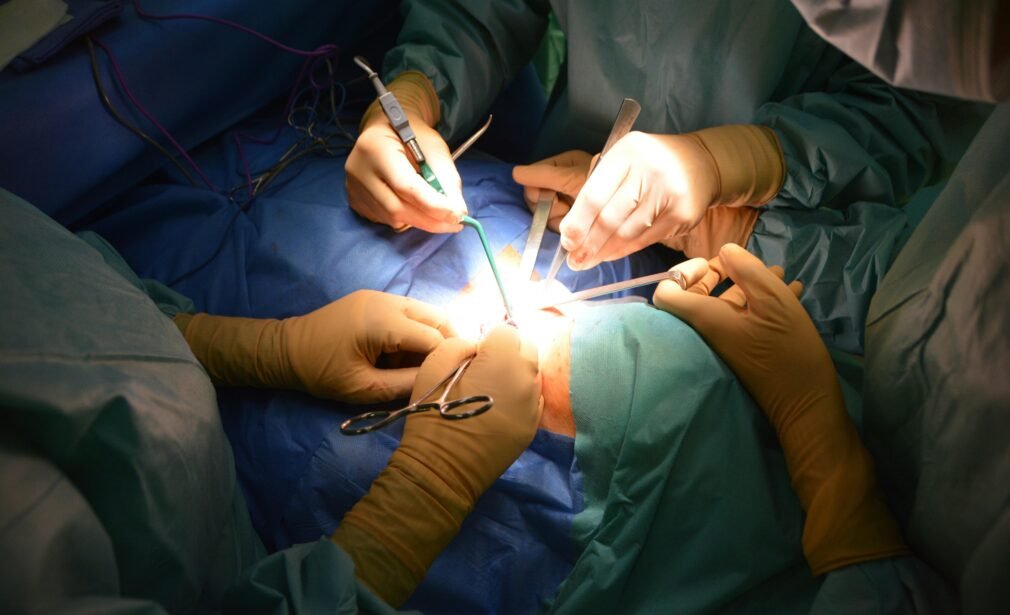Advancing Care in Otolaryngology-Head and Neck Surgery
Thyroidectomy
This is an operation that is used to remove part or all of the thyroid gland. A thyroidectomy may be required to treat a thyroid lump or tumor. In addition to malignancies, a thyroidectomy is additionally a practical choice for patients with symptomatic thyroid masses or goiters. Patients who have compressive manifestations including dysphagia, dyspnea, and shortness of breath because of a huge goiter may need a thyroidectomy.
At Bharti Ent Care Hospital, We used an advanced NIM 3 Nerve Monitoring System for preserving the laryngeal nerve closely related to the thyroid gland which is helpful for normal voice.
Parotidectomy
A parotidectomy is an operation to remove part or all of the parotid salivary gland. The main purpose is to remove lumps or tumors arising from the parotid gland. A superficial parotidectomy includes removing the greater part of the organ superficial to the facial nerve, while a partial superficial parotidectomy includes expelling just the bit of the organ encompassing a tumor or mass. In an incomplete superficial parotidectomy, just some branches of the facial nerve are monitored, while in a formal superficial parotidectomy, the whole cervicofacial and temporofacial divisions are traced.
At Bharti Ent Care Hospital, We used an advanced NIM 3 Nerve Monitoring System for preserving facial nerves closely related to the parotid gland which is helpful for normal facial muscle movement.
Salivary gland stone removal
Stones may form in one or more of the salivary glands due to aggregation of salts in the saliva. Once large they can block the flow of saliva and thus cause enlargement of the gland or recurrent infections. Sometimes these stones can be removed directly or with the help of an endoscope (Sialendsocoscopy).
Branchial cyst and fistula
A branchial cyst is a developmental anomaly resulting in the formation of a cyst on the side of the neck. Surgery may be required if it is very large or to prevent repeated infections. With surgical extraction, complete excision is targeted. Frequently, however, the tracts of the cysts may go close to vital structures, for example, the internal jugular vein, or facial nerve, making complete extraction unrealistic.
Frequently Asked Questions
Get answers to common questions about head and neck surgery, including procedures, preparation, recovery, risks, and benefits. Empower yourself with knowledge for a confident surgical journey.
After ACDF surgery, patients should be aware of certain permanent restrictions. One key restriction is related to phone use, where excessive bending of the head can put pressure on the neck, potentially leading to issues that may require further surgery in the future.
A common concern for patients undergoing ACDF surgery is whether they can drive afterward. In most cases, if a neck collar is not required post-surgery, there are no permanent restrictions on driving or engaging in various activities once fully healed.
For individuals with head and neck cancers, rehabilitation plays a crucial role in preserving function and aiding recovery. Rehabilitation may involve physical therapy, dietary counseling, speech therapy, and learning to care for a stoma in cases where a laryngectomy has been performed.

